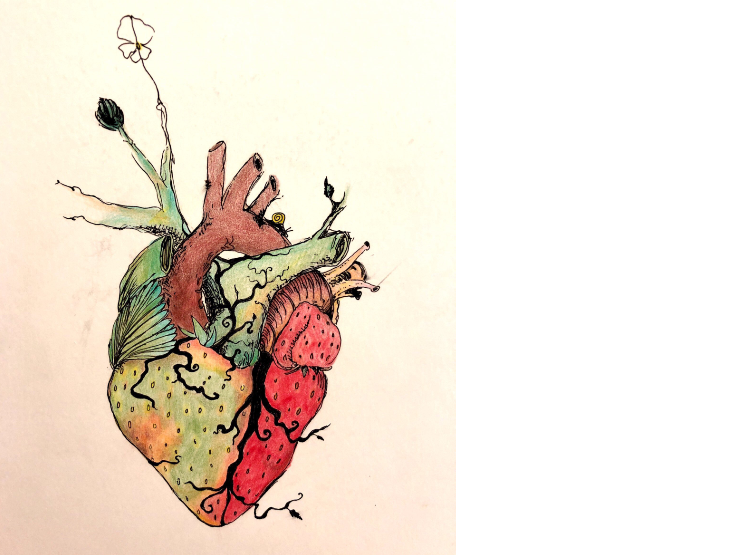In the complex circulatory system of the human body, no artery is as vital as the aorta. This large vessel takes oxygen-rich blood from the chambers of the heart and delivers it to the brain, muscles, digestive system, and other sites of metabolism in the body. Aortic aneurysms, one of the leading causes of death in Canada, occur when the aortic wall is weakened and bulges out, causing the vessel to rupture.
To treat aortic aneurysms, doctors commonly use grafts to patch the weak points in a vessel with a more rigid material. Despite this life-saving procedure, in most cases, these prostheses are only a temporary fix. Complications can arise from surgery or from the graft itself, and the suture between the aorta and the graft is sometimes a source of postoperative infection.
According to Dr. Marco Amabili, a professor in the Department of Mechanical Engineering at McGill, prosthetics currently on the market are too stiff to properly mimic a human aorta.
“Since the present grafts don’t expand at all, they induce several cardiovascular problems for patients,” Amabili wrote in an email to The McGill Tribune. “It’s the equivalent of implanting a sick aorta instead of a healthy one.”
To address this issue, Amabili and a team of researchers are investigating the dynamics of the aorta. By observing the contracting vessel at rest and high-activity states, they are attempting to determine the best way to construct future vascular grafts.
“The main goal was to identify the dynamic material properties of the human aorta and how these vary with age,” Amabili wrote. “Identifying these parameters is necessary for developing the future generation of grafts for aortic repair, which can mimic the native behaviour of the aorta.”
The study, published in Physical Review X, found that aortic dynamics differed significantly with age: The aortas of younger donors’ hearts expanded up to 10 per cent while pumping blood, compared with just two per cent for older hearts. This finding demonstrated the stark difference between the properties of a human aorta and a standard graft, which does not expand in response to blood flow.
“Our system is capable of accurately reproducing the physiological conditions after precise tuning of the expansion chambers and the resistance valve at each heart rate,” Amabili wrote. “We tested from 60 beats-per-minute [BPM], which is obtained at rest, to 180 BPM, which is obtained [during] very intense sport activity.”
To do so, researchers first connected the aorta of a donor heart to pressure and flow sensors. An adjustable pump stood in for the heart itself, aided by expansion chambers and a valve to mimic the normal conditions of blood flow.
Using four Doppler lasers that measure circulation changes in tissue, the apparatus could calculate the aorta’s varying diameter and pulse over time.
Previously, the only scientific data on aortic dynamics was from ultrasound measurements while patients were at rest. The novel experimental design allowed Amabili’s team to access results from a wide range of heart rates.
In addition to their remarkable discovery, the team compiled empirical data on the aorta’s viscoelastic properties, which are the features of the vessel that exhibit both elastic and viscous behaviour when deformed. This data will provide the foundations for future graft prototypes.
“We hope that our research will lead to better aortic prostheses that will improve surgical outcomes, as well as patients’ quality of life long-term,” Amabili wrote. “Expanding researchers’ knowledge on the dynamics of the human aorta may also further clinicians’ understanding on the development and progression of vascular pathologies.”









